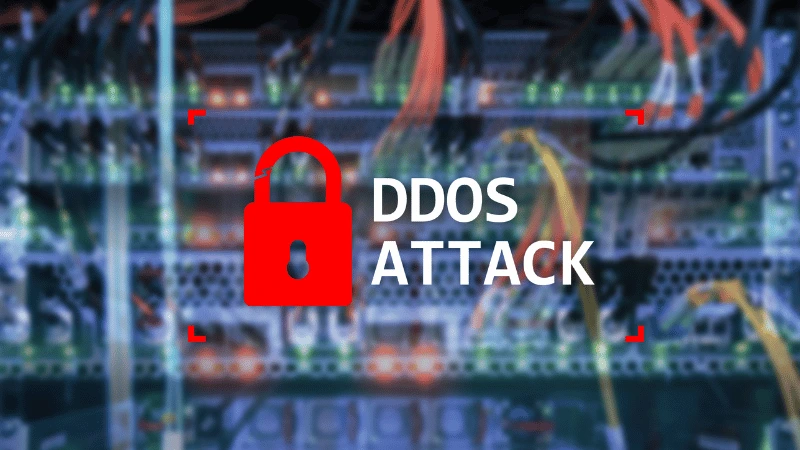Distributed denial of service (DDoS) attacks have emerged as a prevalent and destructive form of cyber threat. It is arguably a powerful enemy that aims to confuse and overpower online systems, leaving chaos in its wake. But fear not, in this article, we will reveal the secrets of DDoS attacks, shed light on their inner workings, and provide you with the knowledge to protect yourself and your digital assets.

What Are DDoS Attacks?
DDoS attacks depict a horde of malicious elements, each leading an army of compromised computers, all focused on a single goal: spreading damage. These attacks are a malicious attempt to disrupt the regular functioning of a targeted server, service, or network by flooding it with an enormous amount of traffic, making it inaccessible to legitimate users. Unlike traditional DoS (denial of service) attacks, where a single source is used to sink the target, DDoS attacks involve multiple sources, often computers or compromised devices controlled by a botnet. Attackers control these botnets remotely and coordinate the attack to deplete the target’s resources, leading to a service outage or complete shutdown.
Effects of This Attacks
The effects of DDoS attacks can be far-reaching and harmful. Let’s explore the underlying influences on both individuals and organizations.
- Broken Online Services: As an individual, you may find yourself unable to access websites, various online services, or even gaming platforms due to DDoS attacks. This can hinder productivity, communication, and entertainment.
- Invasion of Personal Privacy: DDoS attacks can serve as a cover for other malicious activities, such as data breaches or malware injections. Your personal information and devices may be compromised during these attacks.
- Downtime and Loss of Revenue: For businesses, DDoS attacks can lead to significant downtime, rendering their websites or online services inaccessible. This downtime can translate into substantial financial losses and damage to operations and sales.
- Reputational Damage: The effects of a DDoS attack can tarnish the reputation of organizations. Customers may lose trust and question security measures, which in turn will affect the overall brand image.
Defending Against Distributed denial of service Attacks
Although it is difficult to prevent DDoS attacks completely, implementing proactive measures can significantly reduce their impact. Here are some basic strategies to protect your online presence:
DDoS Mitigation Services: Consider partnering with a trusted service provider to mitigate DDoS attacks. These services use advanced traffic filtering technologies, such as rate identification, traffic pattern analysis, and IP blacklisting, to identify and block malicious traffic before it reaches your network.
Intrusion Detection and Prevention (IDS/IPS): Deploy IDS/IPS solutions. They are powerful tools for protecting network and systems infrastructure. They monitor network traffic and detect suspicious patterns or anomalies. These systems can automatically block or mitigate DDoS traffic and alert administrators of potential attacks.
Additional Security Layers: Implement measures to strengthen network security, such as firewalls, routers with traffic filtering capabilities, and web application firewalls (WAFs). These security measures can detect and block malicious traffic at different layers on the network.
Incident Response Plan: Develop a comprehensive incident response plan. Identify the steps to take in the event of a DDoS attack. This plan should include communication protocols, coordination with experienced parties, and a strategy to restore services once the attack is over.

You may also like: firewall in cybersecurity: what is it, and how does it work?
DDoS attacks pose a significant threat to your online presence and can lead to extreme chaos and financial losses. Understanding their mechanisms, motivations, strategies, and implementing proactive mitigation strategies is critical for organizations and individuals alike. By implementing a range of technical solutions, securing the required network resiliency, and responding quickly to incidents, you can significantly reduce the impact of DDoS attacks and protect your online assets from their negative impacts.


